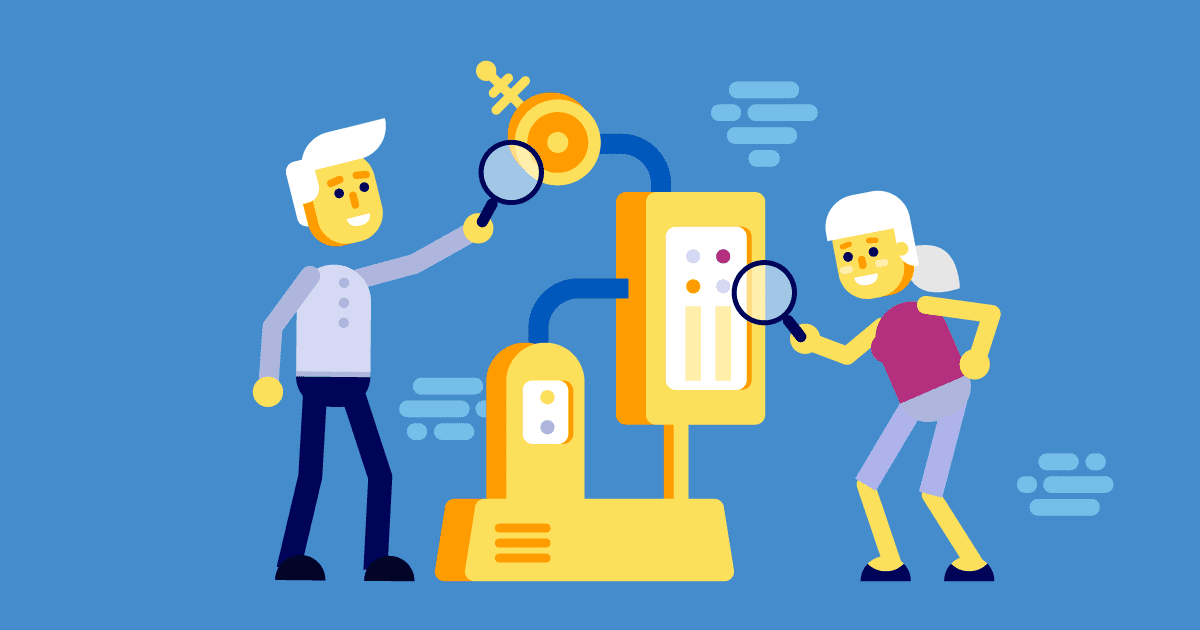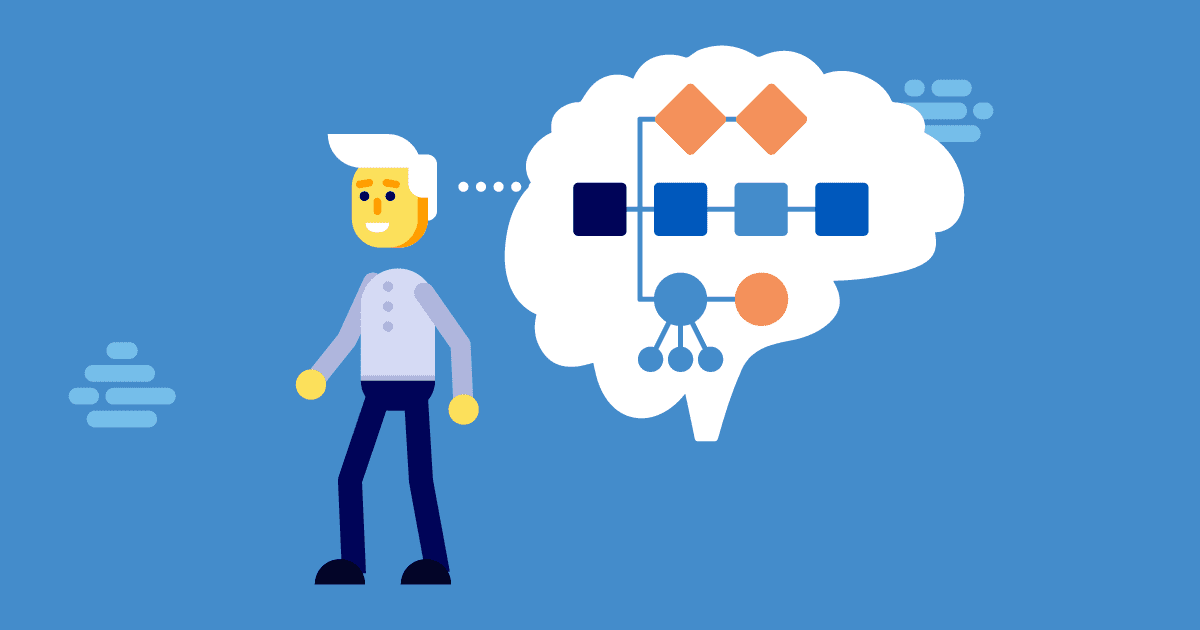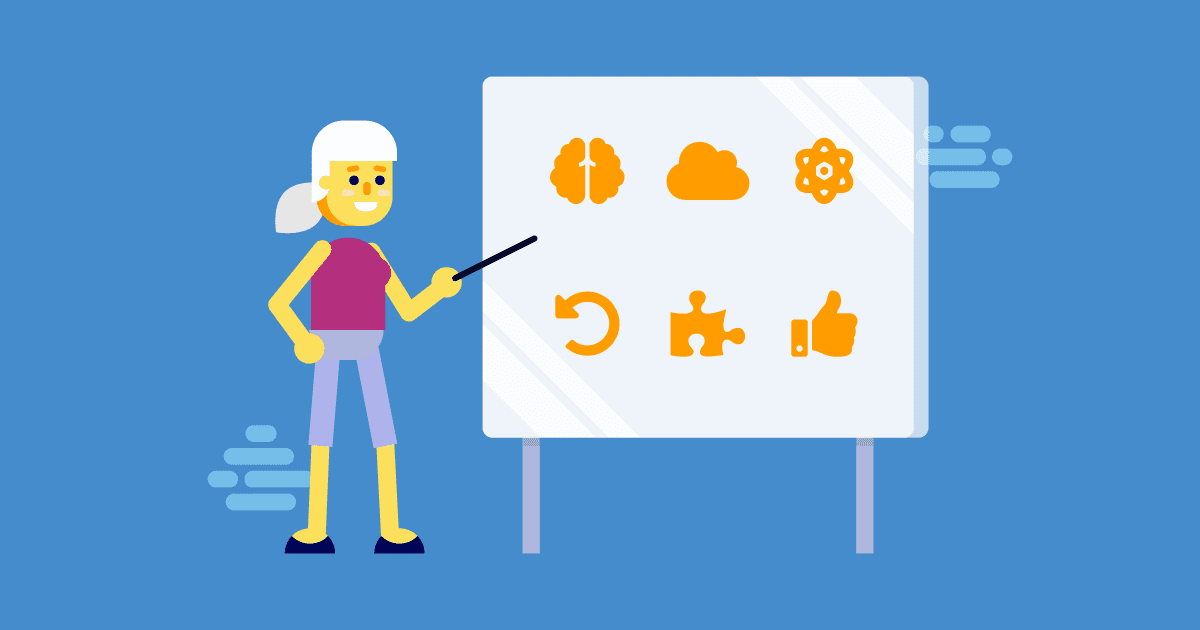
The Software Testing Life Cycle
The Software Testing Life Cycle, or STLC, is a logically ordered process of six steps, designed to help get the best from your software testing projects.

The Software Testing Life Cycle, or STLC, is a logically ordered process of six steps, designed to help get the best from your software testing projects.

Automation testing is useful for repetitive tasks but not all tasks can be automated. This post offers tips for when manual or automatic testing is best.

Component Testing can identify defects early, to reduce time, effort, and cost. In this post, we explain the technique, and introduce Stubs and Drivers.

A mind map is a visual representation of information that is being explored. Testers can create testing mind maps to support and enhance their activities.

With so many types of testing in software engineering to choose from, how can you know which type to use and when? Our helpful post is here to guide you.

At every stage of software testing, teams face sets of challenges. Take a look at some of the current software testing challenges for better understanding.

It can be a huge challenge to carry out effective software testing when you're short on time. Read on to find out more.

What is Continuous Testing? Learn some quick tips about some of the challenges and benefits of employing continuous testing with continuous delivery.

In testing, negative test cases are vital because they help uncover omissions. Here, we look at some of the most important tests and how to apply them.

Sanity testing is a useful way of attaining quick information from a project, so better informed decisions can be made. Read on for details and examples.